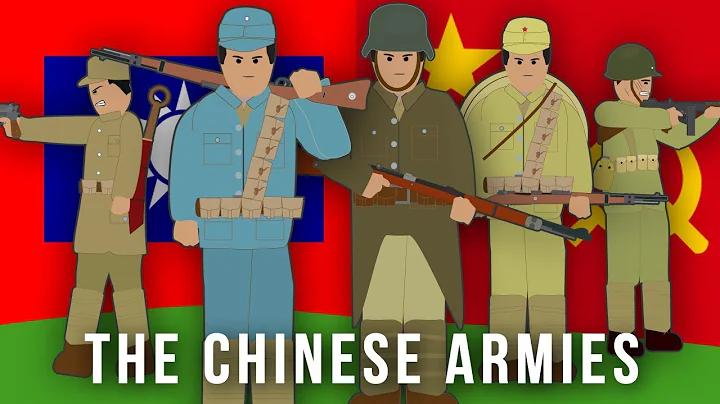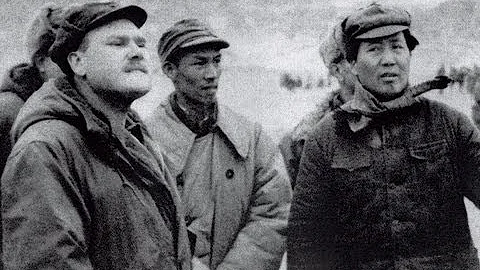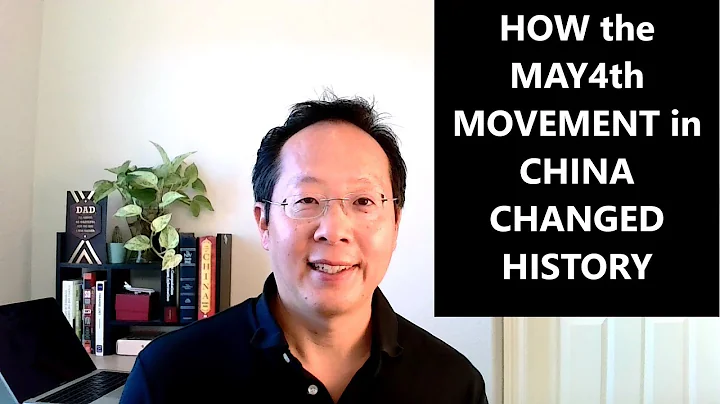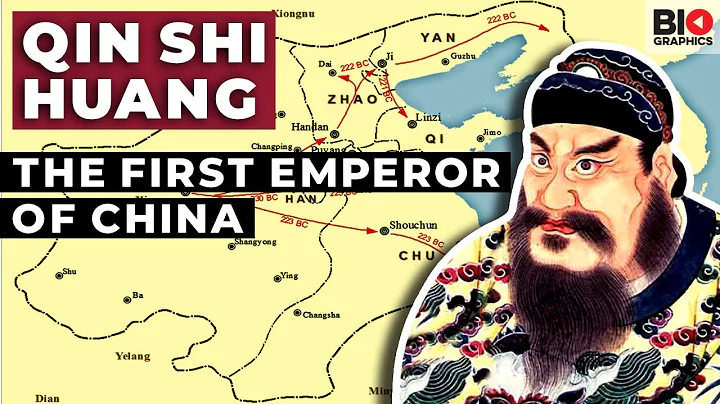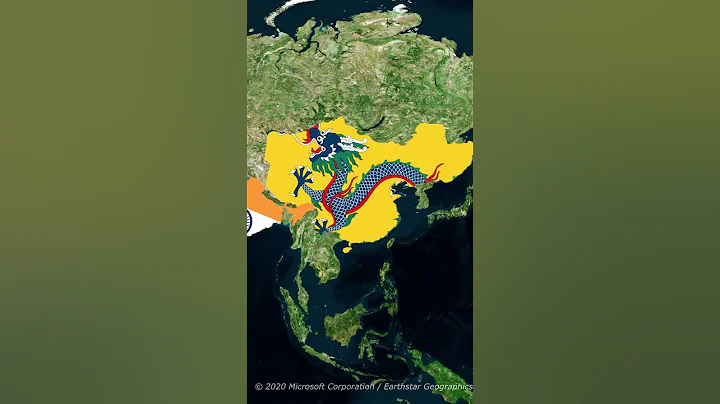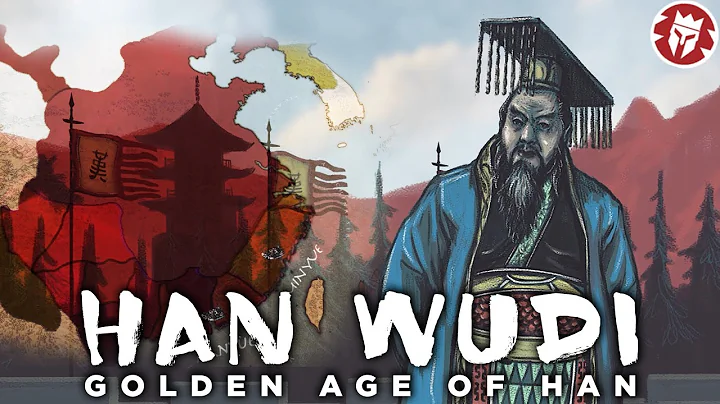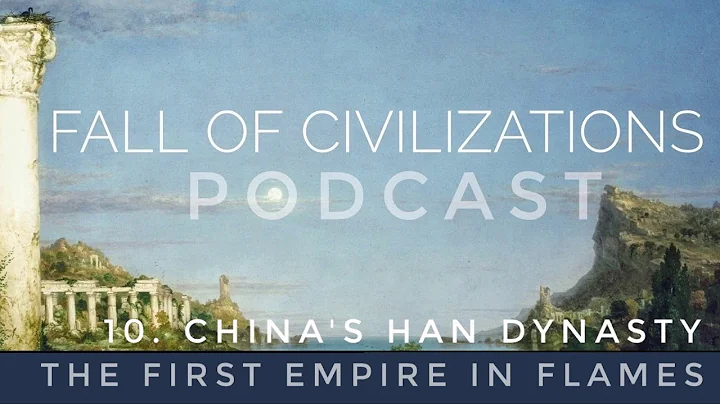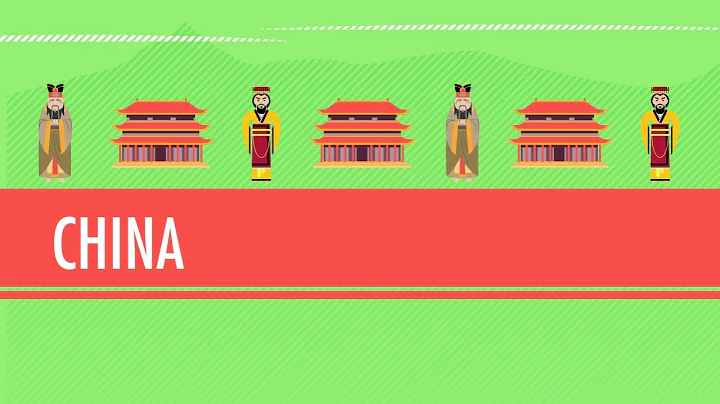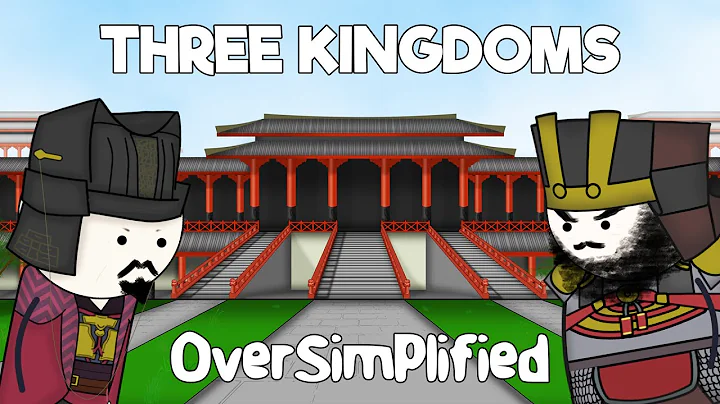In 1937, the Anti-Japanese War broke out in an all-round way. Based on the second cooperation between the two parties, the guerrilla forces in the eight southern provinces were reorganized into the New Fourth Army. After the establishment of the New Fourth Army, it was mainly active in Jiangsu and Anhui to resist Japanese invaders. However, the Kuomintang was afraid of the New Fourth Army's growth, so it made things difficult for the New Fourth Army. In 1941, it even launched the Southern Anhui Incident that shocked China and foreign countries, causing huge losses to the New Fourth Army.

After the Wannan Incident, many New Fourth Army officers and soldiers were captured, and most of them were imprisoned in the concentration camp in Shangrao, Jiangxi. It is worth mentioning that most of the captured New Fourth Army officers and soldiers were unyielding and maintained their noble integrity. On the one hand, they united and helped each other in the concentration camp, and on the other hand, they looked for opportunities to escape from the concentration camp. For example, the person we are going to talk about today is the New Fourth Army cadre who successfully escaped from the Shangrao Concentration Camp.

This person’s name is Wang Haisu. Wang Haisu was born in Jingjiang, Jiangsu Province in 1912. In his early years, he mainly studied in his hometown. He studied at Taixing Middle School and the College of Engineering of Tongji University. He was a senior intellectual of that era. During his studies, Wang Haisu was also exposed to progressive ideas. He joined the Communist Youth League in 1927 and became an official party member in 1936.
In 1937, after the July 7th Incident, the Anti-Japanese War broke out in full force. The Red Army guerrilla forces active in the south at that time were reorganized and established the New Fourth Army. As a southerner, Wang Haisu also joined the New Fourth Army and served as the chief of the New Fourth Army’s Propaganda Section, mainly in the south. Promote our party's anti-Japanese ideology and call on aspiring young people to join the New Fourth Army and devote themselves to the cause of resisting Japan and saving the nation.

However, what Wang Haisu did not expect was that a huge disaster was approaching him. In 1941, the Kuomintang planned the Wannan Incident and surrounded the headquarters of the New Fourth Army. Wang Haisu was also captured by the Kuomintang in this incident and imprisoned in Shangrao Concentration Camp. While in the concentration camp, Wang Haisu remained steadfast and unyielding, and soon found an opportunity to escape from the concentration camp.

After escaping from the concentration camp, Wang Haisu first fled to Pucheng County, Fujian, and later returned to his hometown after going through many hardships and dangers. He continued to organize anti-Japanese forces in Jiangsu and Zhejiang, developed anti-Japanese guerrillas, and witnessed the Japanese invasion under the leadership of our party. surrender. During the War of Liberation, Wang Haisu was still active in Jiangsu. He continued to organize guerrilla teams, did a lot of frontline support for the War of Liberation, and witnessed the birth of New China.
After the founding of the People's Republic of China, Wang Haisu devoted himself to education and served as the first dean of Nanjing Institute of Technology (now Southeast University ). Under the leadership of Wang Haisu, Nanjing Institute of Technology trained many engineers, experts and professors, who devoted themselves to the construction of New China and played a great role. Wang Haisu also led Nanjing Institute of Technology to usher in a period of rapid development.

However, in 1957, during the anti-"right" movement, Wang Haisu was classified as a "rightist". In 1958, Jiangsu Provincial Party Committee listed Wang Haisu as having committed serious right-leaning opportunistic errors, and in the " Xinhua Daily 》Criticize him by name. Wang Haisu was also forced to leave Nanjing Institute of Technology and was placed on party probation.
After this, Wang Haisu was sent to work at the Nanjing Machine Tool Factory. Although he was in adversity, Wang Haisu was optimistic and positive and quickly became involved with the workers. In 1962, after the conference of 7,000 people, Wang Haisu resumed his original rank and continued to devote himself to the construction of New China. However, time soon came to the ten-year special period. As an intellectual, Wang Haisu was also affected, suffered persecution, and suffered injustice for many years.

In 1972, with the care of his superiors, Wang Haisu returned to work. After that, he served as deputy director of the Jiangsu Provincial Revolutionary Committee and deputy governor of Jiangsu Province. During that period, he was mainly responsible for the provincial propaganda work and the work of the Planning Committee. , do their best to promote the economic development of Jiangsu, and have done a lot of basic work for the economic development of Jiangsu during the reform and opening up period. In 1993, Wang Haisu died of illness at the age of 81.



